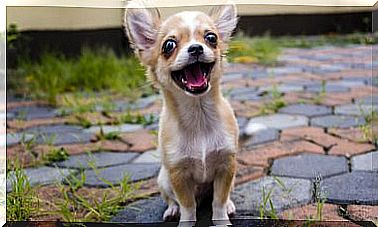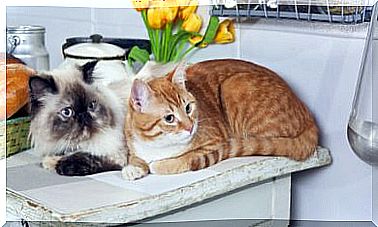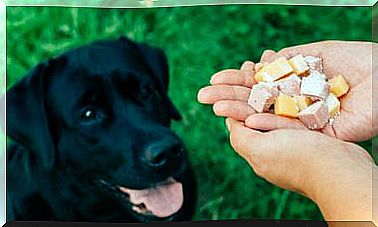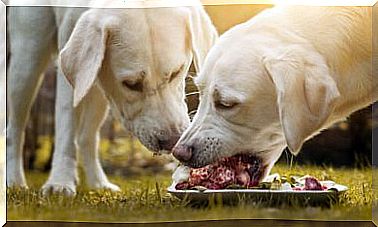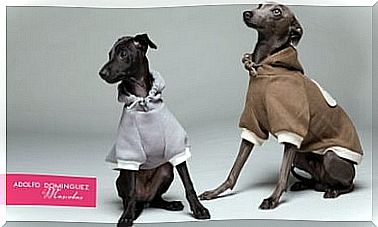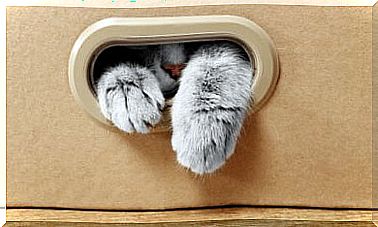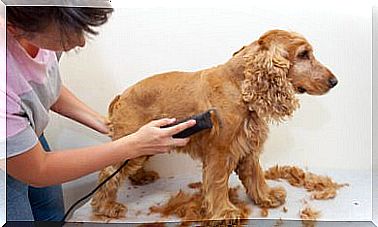A Cat Color Catalog
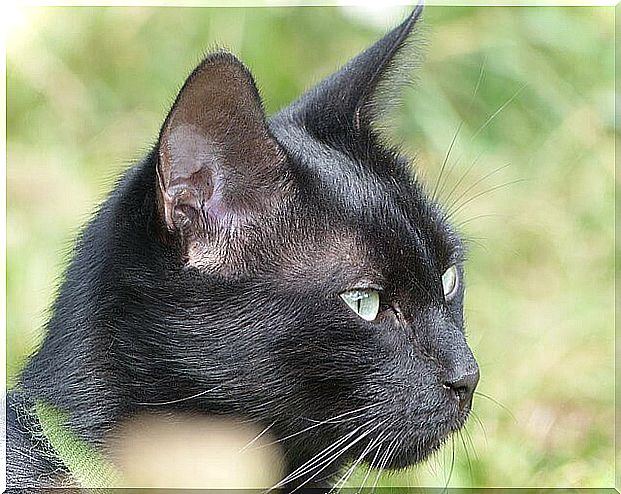
Similar to human skin, it is melanin that determines the colors of cats. In fact, melanin has two structural components: eumelanin and pheomelanin. While the first produces shades of brown and black, the second determines reddish and yellow colors. The proportion and combination of these components in the genetic makeup determines the color of each animal.
Coat color genetics
In this, cats also resemble humans. The amount of melanin is genetically transmitted. That is, the genetic load inherited from the parents determines the coloration of the kittens.
It seems like an easy account, but genetics is not always a direct proportion.
Basic principles to understand the variation of colors
Dominant cat colors
They are cats with “extreme ” characteristics, that is, with a high predominance of eumelanin or pheomelanin in their genes. They are black, dark brown or chocolate, and red. They are also known as gene dense cats.

The red hue gene still has a very special peculiarity. It is able to determine if the kitten is pure in color or if it combines different shades of reddish. It is called the “hawksbill gene”.
Recessive cat colors
They are cats that have different combinations of eumelanin and pheomelanin in their genes. They present varied colors such as cream, beige, lilac, blue, etc. They can also be called soft gene cats.
Can you predict the color of a kitten?
To anticipate the coloration of a litter of kittens, it is necessary to pay attention to the color and lineage of their parents.
When the father or mother have dominant genes, the kittens will have this same color.
Felines that are children of a recessive gene pair will have soft colors and tones.
To generate white cats, it is necessary that at least one of the parents comes from the line of white genes.
Curiosities about the genetic transmission of these characteristics
A shell or shaded parent can generate smoke kittens. But smoke parents do not give birth to shell or shaded kittens.
Bicolor and Himalayan cats (colorpoint)
Two-color kittens must necessarily have a two-color father or mother. The same happens with the colorpoint varieties, also called Himalayan Persian cats.
Shell, Shaded or Smoke varieties
These are very special variations of hues. Shell or chinchilla, Shaded or shaded and Smoke or smoked.
To obtain kittens of these shades, the father or mother must have said genetics. And neither of you must have dominant genes.
Characteristic cat breeds and colors
Classically, some colors were characteristic of certain races. The spread of selective breeding and reproduction made it possible to diversify coat patterns. Currently, most breeds accept varied shades of cat colors without losing their purity.
Solid cats
Solid cats are solid cats. That is, the coat has the same color from the root to the tip of the hair. Known colors are black, white, gray, cream, lilac, blue, sable, fawn, chocolate, red, tan, and chocolate.
The uniform black color must not present uniform coloration, without different tones, shades and without white spots or hairs.
The colors chocolate, tan, blue and gray are dilutions of the color black.
The red color is not actually uniform. Red cats appear to be solid due to the controlled crosses of selective breeding.
The recessive cream color is a dilution of the color red.
A brown, brown or sepia color is called sable and is unique to the Burmese breed.
The color white is produced by a large number of genes and is present in many breeds. White cats with blue eyes were found to carry a gene that causes deafness.
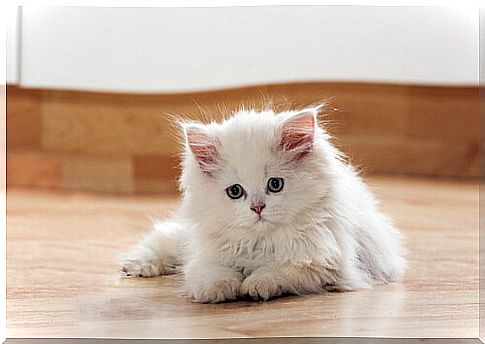
Agouti pattern
This pattern is commonly found in the colors red (chestnut or cinnamon) and reddish (classic or ruddy). But it can also be in different cats, blue, chocolate, cream, lilac or silver.
Tabby pattern
The tabby pattern is expressed in 3 similar types and can be found in the coloration of brown, blue, chocolate, tan, silver, cameo, red, lilac and cream.
Tortoiseshell pattern
This much admired pattern is known as a “tortoise shell ” and is derived from the combination of the dominant red and black genes. Tortoiseshell cats often have tabby markings. Therefore, it appears to be made up of more than 2 colors.
Particolored pattern (two-color and multi-color)
Generally, they are obtained thanks to selective breeding and crossing. Therefore, it is currently present in a wide range of races and colors.
Main image source: Tsaag Valren

